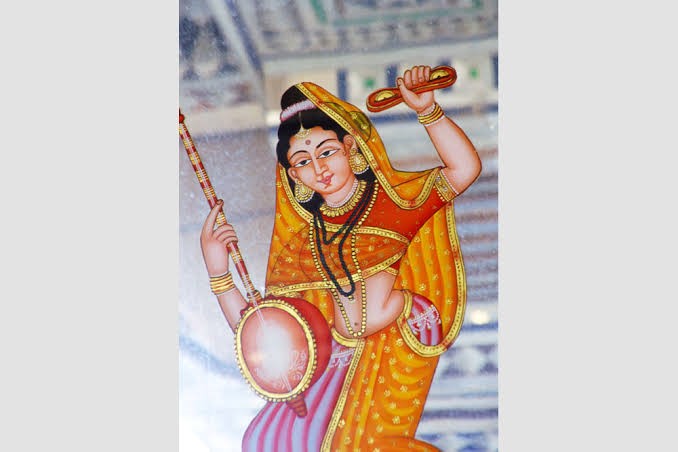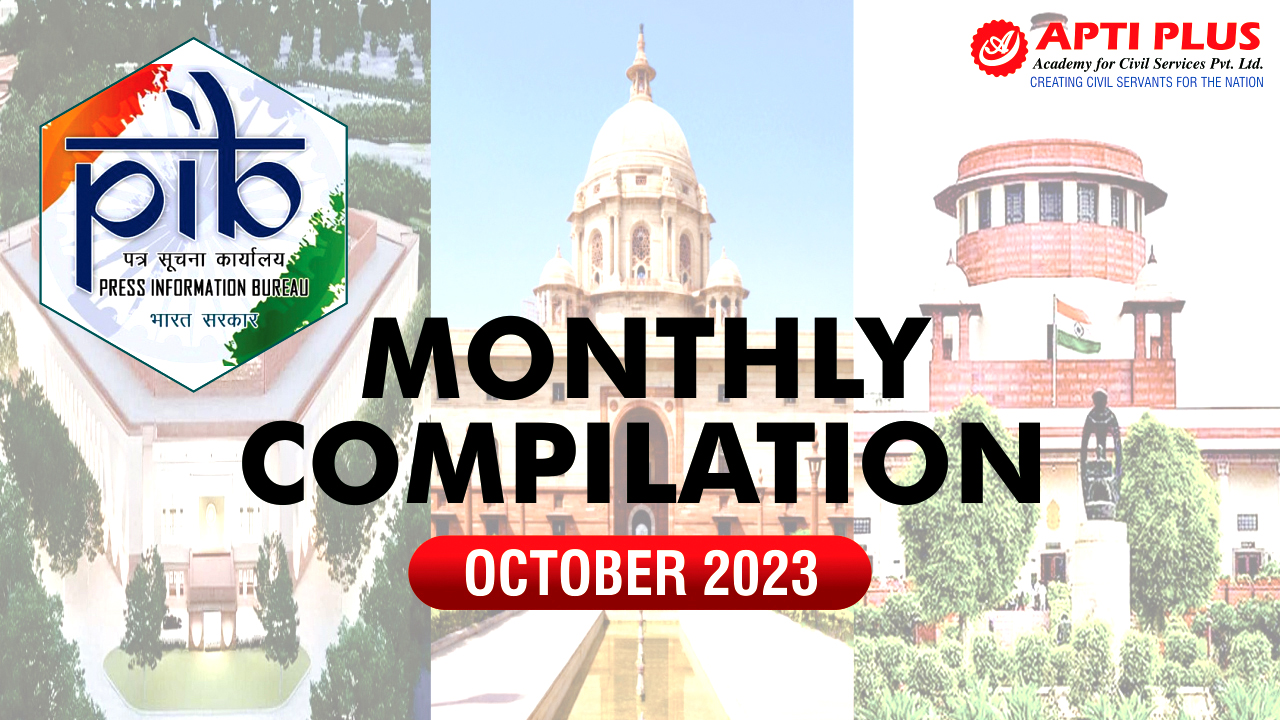Description

Disclaimer: Copyright infringement not intended.
Context
PM Modi attends an event commemorating the birth anniversary of Sant Meera Bai.
Details
- Meera Bai, also known as Meera, was a prominent saint, poetess, and devotee of Lord Krishna in the Bhakti movement of India.
Early Life and Background
- Birth and Family: Meera Bai was born in the late 15th century (around 1498 AD) in Rajasthan, India, into the royal family of Merta. She was devoted to Lord Krishna from an early age, inspired by stories of Krishna's childhood.
- Marriage to Prince Bhoj Raj: Meera Bai was married to Prince Bhoj Raj, the heir of the Chittor kingdom. Despite her royal status, her heart was inclined solely towards devotion to Lord Krishna, which caused conflicts in the royal household due to her devotion taking precedence over worldly duties.
Devotion to Lord Krishna
- Bhakti Movement: Meera Bai became a prominent figure in the Bhakti movement, a spiritual and devotional movement that emphasized a personal connection with the divine and advocated love and devotion as a means of attaining salvation.
- Expressing Devotion through Poetry: She expressed her deep love for Lord Krishna through soul-stirring poems (bhajans and padavali), which conveyed her spiritual yearning and intense longing for union with the divine.

About Bhakti movement
- The Bhakti Movement, originating in medieval India, was a significant socio-religious revolution that emphasized devotion (bhakti) and a personal, emotional connection with the divine.
- It emerged as a response to the rigidity of ritualistic practices, caste discrimination, and the hierarchical structure of the society prevalent during that time.
Origins and Historical Context:
- Era of Emergence: The Bhakti Movement began around the 7th to 8th centuries AD, gaining prominence between the 14th and 17th centuries during the medieval period.
- Influence of Scriptures: The movement drew inspiration from ancient scriptures such as the Bhagavad Gita and devotional texts like the Puranas, emphasizing the importance of devotion, love, and surrender to the divine.
Core Principles of the Bhakti Movement:
- Personal Devotion: Bhakti emphasized the path of devotion as a means of attaining salvation, encouraging a personal, emotional connection with the chosen deity.
- Equality and Inclusivity: It preached the equality of all individuals irrespective of caste, creed, or social status, advocating a direct connection between the devotee and the divine without the need for intermediaries.
- Simplicity and Universality: The movement propagated a simple and universal approach to spirituality, transcending the complexities of rituals and elaborate religious practices.
Key Figures and Their Contributions:
- Ramanuja, Madhvacharya, and Chaitanya Mahaprabhu: These saints from different regions of India contributed significantly to the Bhakti Movement, each with their unique philosophies and teachings.
- Mirabai, Kabir, Tulsidas, and Surdas: These notable poet-saints composed devotional songs and verses in regional languages, expressing their profound love and devotion to their chosen deities.
Impact and Legacy:
- Social Reforms: The Bhakti Movement challenged social hierarchies and caste-based discrimination, advocating for social equality and inclusivity.
- Cultural Influence: It led to the proliferation of devotional music, literature, and art forms across different regions of India, enriching the cultural heritage of the country.
- Religious Syncretism: The movement facilitated a synthesis of diverse religious beliefs and practices, fostering a sense of religious tolerance and harmony among different communities.

Conclusion
Meera Bai's life exemplified unwavering devotion and love for Lord Krishna, transcending societal norms and embracing spirituality. Her profound poetry and dedication to Krishna continue to inspire spiritual seekers and devotees worldwide, making her a revered figure in the Bhakti movement and leaving an indelible mark on Indian spiritual and literary heritage.
|
PRACTICE QUESTION
Q. Examine the socio-religious significance of the Bhakti Movement in medieval India, highlighting its core principles, impact on society, and cultural heritage. Discuss the role of prominent saint-poets and their contributions in fostering social equality and spiritual unity during this period. (250 Words)
|







